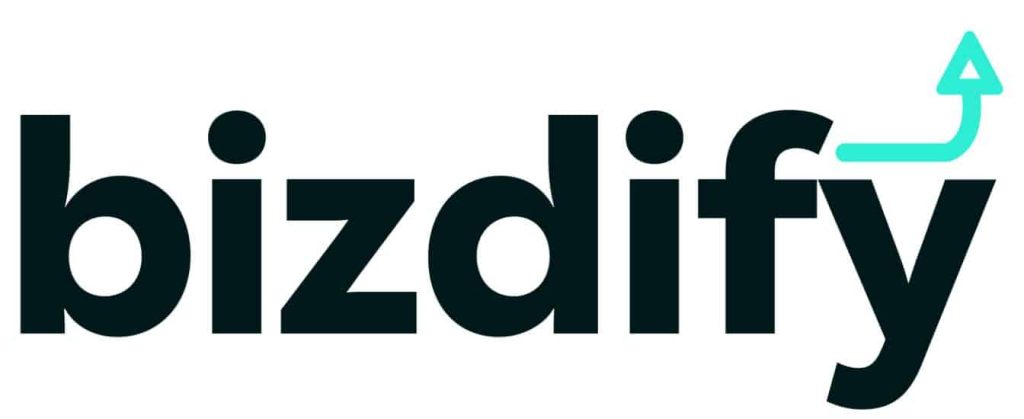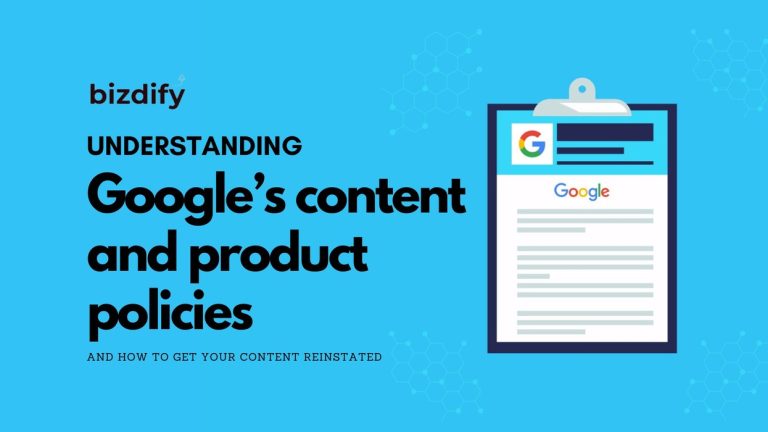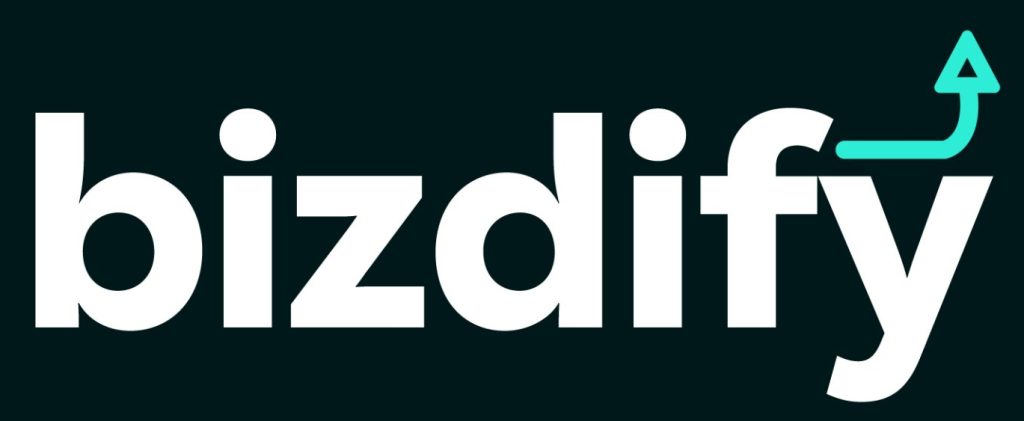What are Google’s content and product policies? Why does it matter?
Google’s content and product policies are a crucial aspect of online reputation management, as they allow individuals and organisations to request the removal of Google articles that are potentially harmful to their image. This policy applies to articles published on websites, blogs, forums, or other online platforms that appear in Google’s search results. The policy is designed to ensure that Google provides accurate, relevant, and up-to-date information to its users while also respecting the rights of individuals and organisations to protect their online reputation.
Article removal from Google involves some important steps which need to be followed for removing content from Google.
How to Use Google’s DMCA Takedown Request Tool to Remove Content
Google provides a DMCA Takedown Request tool, which individuals and organisations can use to request the removal of content that they believe is infringing on their rights. The DMCA takedown tool is easy to use and requires the DMCA takedown process to be followed. Users fill out a form with details about the infringing content and their rights. Once submitted, the request will be reviewed by Google, which will determine whether the content should be removed from its search results. Learn more on Bizdify about how to remove content from the internet.

What Are the Steps Involved in Submitting a DMCA Takedown Request?
The Digital Millennium Copyright Act (DMCA) provides a means for individuals and organisations to request that content that infringes on their copyrighted material be obliterated from the internet. If you want to submit a DMCA takedown request, there is a step-by-step DMCA takedown process you need to follow:
Step-by-step DMCA takedown process
- Identify the infringing content: Before you can fill out a DMCA complaint form, you need to determine the exact location of the infringing content. This could be a specific URL, image, or other digital media. (REF: https://www.dmca.com/FAQ/How-can-I-file-a-DMCA-Takedown-Notice)
- Determine the owner of the infringing content: Next, you need to determine who is responsible for the infringing content. This could be the website owner, hosting company, or another party that is responsible for hosting the content.
- Gather information: Before you file your complaint, you need to gather all relevant information. This may include the infringing content itself, any related URLs, your copyrighted work, and any proof of ownership.
- File the complaint: There are various ways to DMCA filing process or a DMCA takedown request. You can submit it through the website’s or hosting company’s complaint form, email, or mail. The complaint must include all of the required information, such as your contact information, details of the infringing content, and a statement indicating that the content is infringing on your copyrighted material.
- Wait for a response: After you file your complaint, the recipient has a specific time to respond. This could take a few days or weeks.
- Take further action if necessary: If the recipient does not respond or does not remove the infringing content, you may need to take further legal action to protect your rights. This could include filing a lawsuit or seeking a court order for the removal of the content.
It’s important to keep in mind that the DMCA takedown process can be complex, and it’s preferred that you consult with an attorney before proceeding. By following these steps, however, you can effectively use the DMCA takedown request tool to protect your copyrighted material and get infringing content removed from the internet.
How to Get Your Content Reinstated After a DMCA Complaint
If your content is removed after a DMCA complaint, you can take steps to get reinstatement of removed content on the Google Search Engine Result Page, or SERP. It may involve resolving the issue with the person or organisation who submitted the complaint or providing evidence to support your claim that the content is not infringing on their rights.
Here are the steps involved in getting your content reinstated after a DMCA complaint:
Content Reinstatement Process
- Investigate the complaint: Review the details of the complaint and understand the reasons for its removal. Determine whether the content is infringing on someone else’s intellectual property rights or if it violates Google’s policies.
- Respond to the Complaint: To get removed content reinstated on search engines, you might need to contact the person or organisation who submitted the complaint and try to resolve the issue amicably. If possible, agree to modify the content in a way that satisfies both parties.
- Submit a counter-notice: If you believe that the content is not infringing and should not have been removed, you can submit a counter-notice to Google. A counter-notice is a formal request to have the content reinstated, and it must include specific information, such as your name, address, and the URL of the content.
- Provide Evidence to Support Your Claim: To strengthen your case, provide evidence that the content is not infringing, such as proof of ownership, fair use, or a licence agreement.
- Wait for a response: Google will review your counter-notice and forward it to the person who submitted the complaint. If they do not take legal action against you within 10-14 days, the content will be reinstated.
- Monitor the Content: After the content is reinstated, monitor it to ensure that it stays up and is not subject to further complaints.
It’s important to note that the process of getting content reinstated can be complex and time-consuming. It’s recommended that you seek the assistance of a legal professional if you’re unsure about the details of the complaint or the steps involved in submitting a counter-notice.
Take Action Now and Use Google’s content and product policies to Protect Your Online Reputation
Google’s content and product policies is an important tool for protecting your online reputation. By using this policy, you can remove harmful content from Google’s search results and prevent it from affecting your image. If you believe that your content has been removed unfairly, you can take steps to get it reinstated. By understanding and using Google’s content and product policies, you can take control of your online reputation and protect it from potential harm.
Bizdify is an award-winning reputation management company that established businesses have been relying on for years. Our team of experienced reputation managers provide services tailored to each business’s specific needs.
Review Removal Package Plans – Bizdify
AU Remove Reviews Bizdify Packages
UK Remove Reviews Bizdify Packages
USA Remove Reviews Bizdify Packages
EU Remove Reviews Bizdify Packages
Map Listing Optimisation By Bizdify
Contact Numbers:
Sydney: +612 888 00 307
Queensland: +617 366 77 473
Melbourne: +613 9999 7379
London: +44 204 577 4024
USA +1 737 7101 776
Social media accounts:
LinkedIn: https://au.linkedin.com/company/bizdify-content-removal
Facebook: https://www.facebook.com/bizdifyAU/
GMB Site: https://bizdify.business.site/



